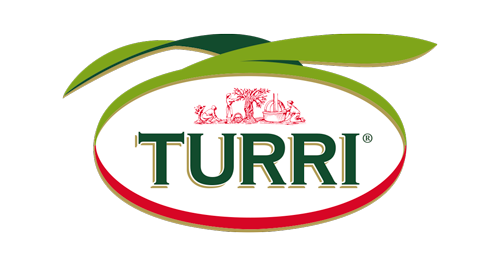When asked what type of cooking oil he used in his restaurant, a restaurateur from Salerno recently replied “olive oil, naturally, there is no other oil!” “Extra virgin oil?” “Olive oil!”
It is well known that thanks to its resistance to high temperatures, olive oil is the best type of fat for frying, and this is particularly true for extra virgin oils.
The labels on bottles of extra virgin olive oils must bear the following information “superior category olive oil obtained directly from olives and solely by mechanical means” and have a level of free acidity (expressed as oleic acid) of not more than 0.8 grams per 100 gram.
Virgin olive oil on the other hand, defined as ‘olive oil obtained directly from olives and solely by mechanical means’, has an acidity (once again expressed as oleic acid) of not more than 2 g per 100 grams oil.
Finally in the case of olive oils, i.e. a blend of virgin and refined olive oils, the label must state: ‘oil comprising exclusively olive oils that have undergone refining and oils obtained directly from olives’. This type of oil has a free acidity of not more than1 g per 100 grams oil.


